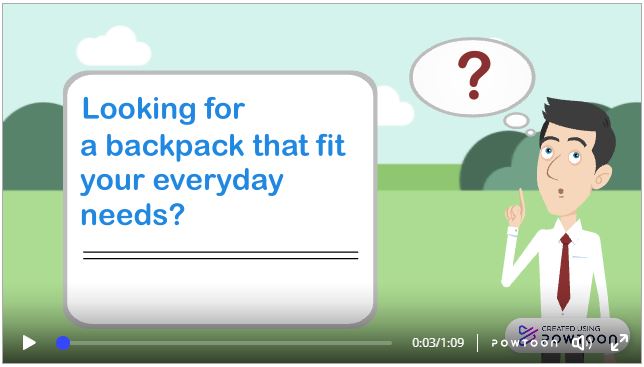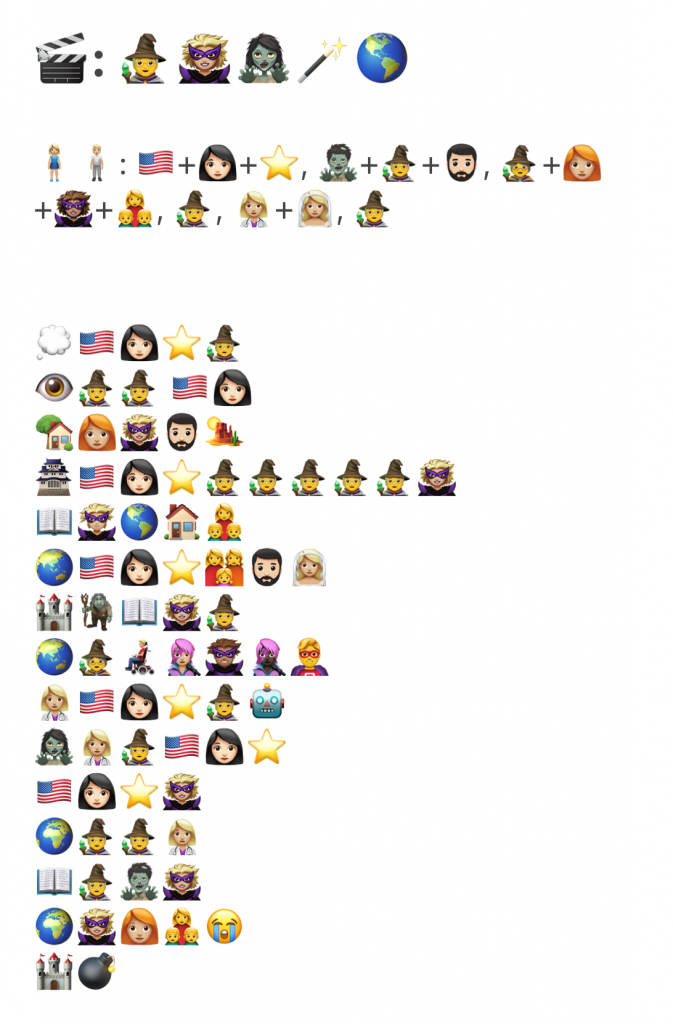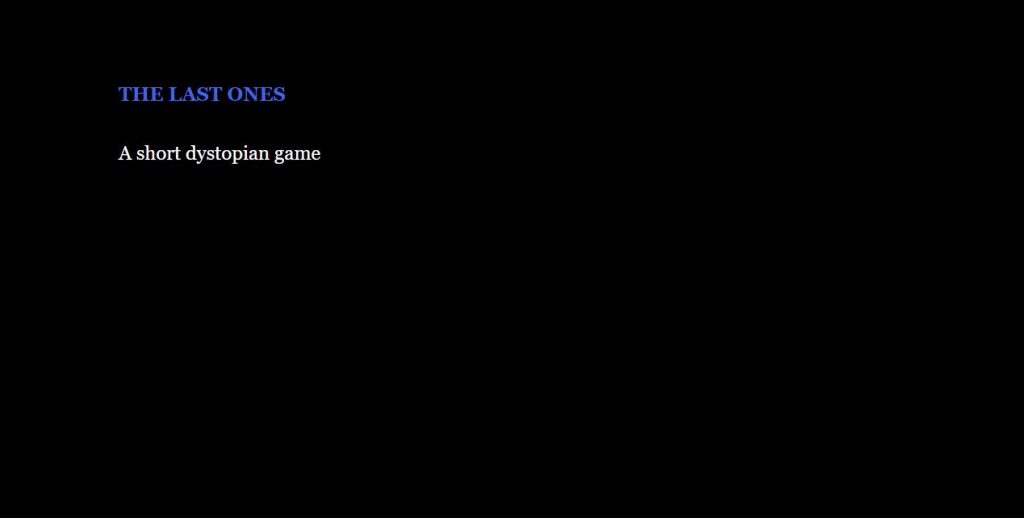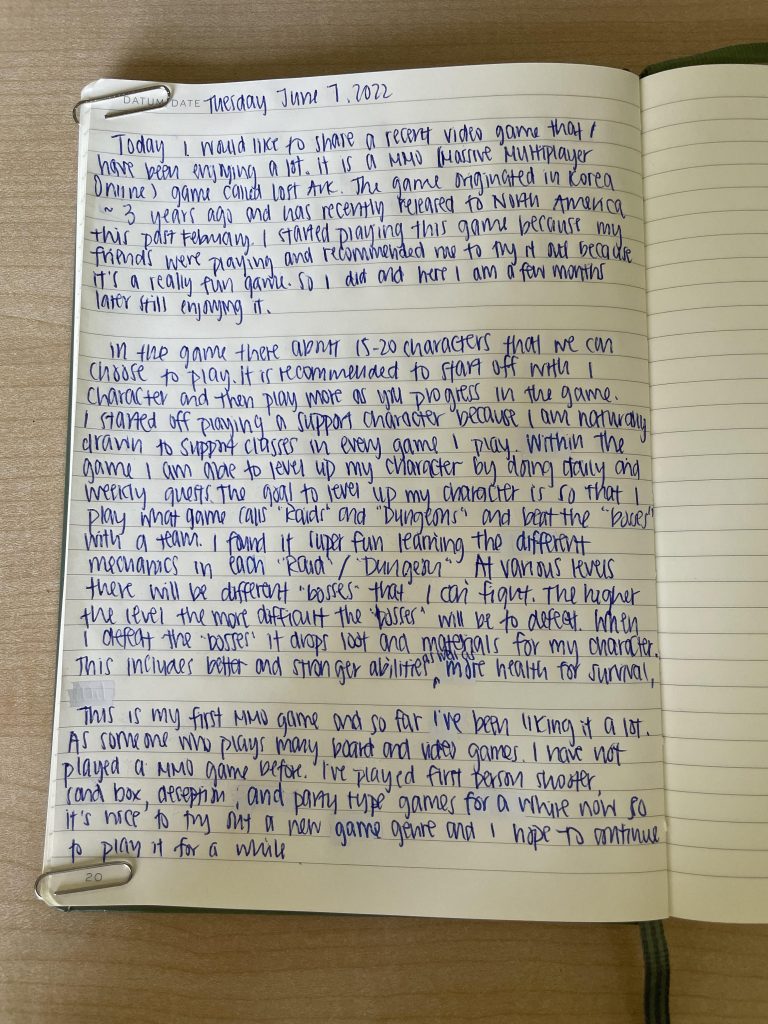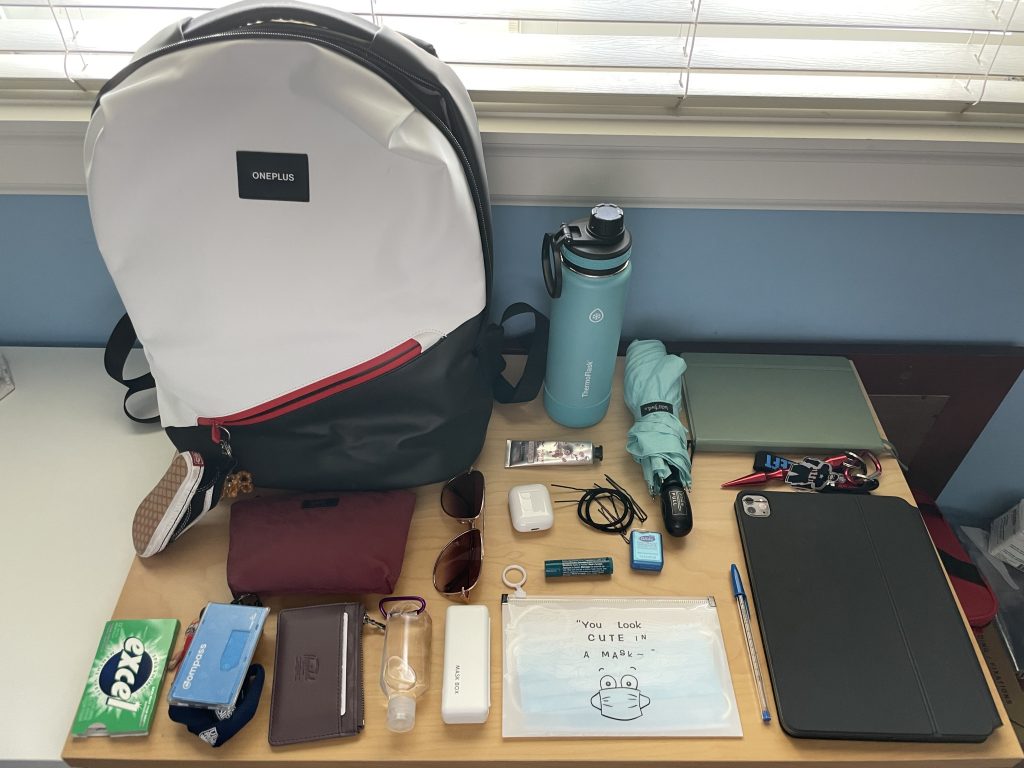
The image above shows what I typically carry in my bag! Some of the items that I always bring with me include: water bottle, wallet, keys, compass card, Airpods, chapstick, hand cream, sunglasses, gum, extra masks, mask case, hand sanitizer, a sanitary bag containing sanitary pads and Band-Aids, dental floss, some extra hair elastics and hair pins, notebook, a pen, a whistle, and a self-defense keychain tool. In my introduction I mentioned how much I love to read so whenever I can I bring my iPad along with me to read.
How might these items be considered “texts” and what do they say about you, the places you inhabit, the cultures with which you engage, and/or the activities you take up?
Growing up here in Vancouver I’ve become accustomed to the rain and sudden weather changes so I’ll usually carry an umbrella with me if I see a grey and cloudy sky. Transit is usually my main form of transportation so throughout the years as a student I’ve invested in many backpacks that is the most functional for me. The neighbourhood I grew up in was not the safest and so as a woman I always carry a whistle and self-defense keychain tool for my personal safety.
Thinking about the title of the course, what are the “text technologies” in your bag, if any? What do these items say about how you engage with language and communication?
In terms of physical text technologies some of the obvious objects includes my phone, iPad, and Airpods. My wallet size has also gotten smaller in the last couple of years as we are now able to pay through our phones and Apple watches via Apple wallet, and many ‘points’ cards can be scanned through an app in our mobile devices. Cash is rarely used for me now as many places accept card as the primary form of payment. In terms of digital technology usage, this would include my compass card as I am able to fund my compass card at home via a computer. Listening to music while commuting is something I truly enjoy and so music is another form of language and communication that I engage with in my bag. Thirdly, there is quite a bit of digital footprint in my bag. While I much prefer reading a paperback book, reading through a tablet or phone has been much more practical for me as it is portable and more accessible. I tend to also use my data either to scroll through social media when I’m transiting, or while I am commuting to a new or unfamiliar place and I need to use Google maps to help me.
What do the items in your bag say about the literacies you have?
I believe that my bag consists of a variety of different types of literacies. A big one is digital literacy, the arise of the COVID-19 Pandemic has caused us to adapt and change how we learn and teach. Media literacy is another important one as the advancement of technology has also allowed us to easily communicate with others as well as receive news and information through our technological devices. Health literacy is also now a critical one in my life as it has become part of my every day routine to bring my masks and hand sanitizer where ever I go.
How does the narrative of the (private) contents of your bag compare with the narrative produced by image you have of yourself or the image you outwardly project?
Comparing the private contents in my bag to the narrative I create towards others, I do believe that many of my friends, colleagues, and family members would describe me as someone who is very organized and prepared. I would agree that the private contents in my bag mirror that. Some examples includes always bringing extra masks and sanitary pads, as well as an umbrella even if rain is not predicted in the forecast. I also always make a habit of cleaning out any trash or unwanted items in my bag every time I come back home to ensure my bag stays clean.
What would this same bag have looked like, say, 15 or 25 years ago?
Imagining how my bag would have looked 15 years ago, some of the objects that would obviously not be in my bag are my iPad and Airpods. Instead of listening to music from my iPhone I would be listening through an iPod with wired earphones. Carrying extra masks and using hand sanitizer religiously are also two objects I didn’t imagine seeing myself bring and use on a daily basis. In addition, the transit system in Vancouver has also evolved greatly. Back when I was in high school I remember I had to always carry change with me in order to get on the bus. Now that we have a compass card system, I can easily prepay a set amount of money into my card and conveniently tap it to get on the skytrain or bus.
How do you imagine an archeologist aiming to understand this temporal period might view the contents of your bag many years in the future?
If I were to put the items in my bag into a time capsule and someone were to find it a few decades later, some of the key items an archeologist would find are masks and sanitizer. They would understand that I experienced the COVID-19 Pandemic and how much it affected how we lived and survived. They would also look at type of technological devices I carried and compare how much technology has advanced as well as understand how we have evolved throughout the years. Lastly, the umbrella may be a unique one but perhaps 50-70 years later weather patterns could change very drastically and it won’t be a necessity for individuals living in B.C.



